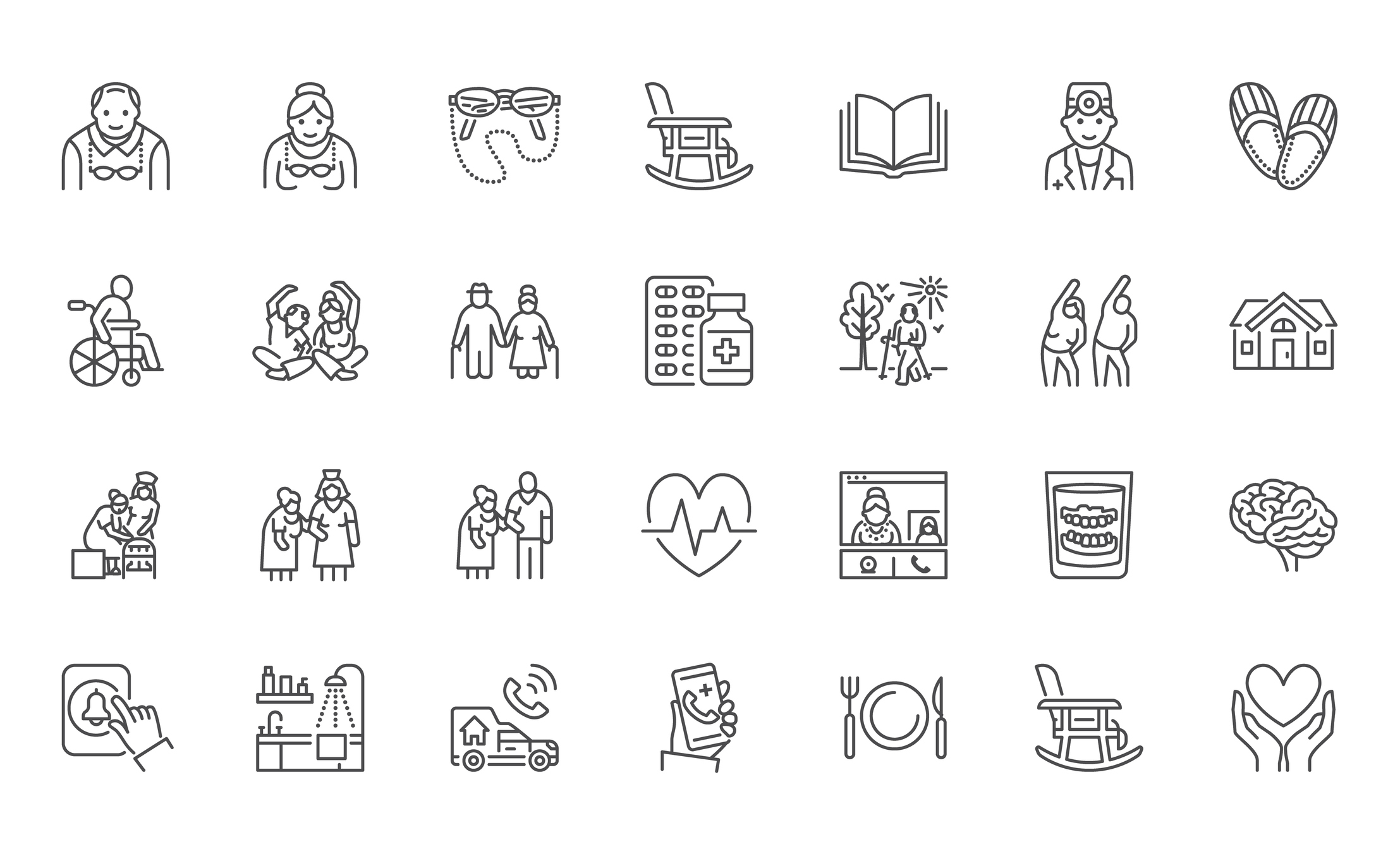There is increasing focus on the important role that co-design and consumer engagement play in community service delivery. All health and human services quality and safeguarding frameworks seek to ensure that every consumer receives person-centred care that is safe, effective, and individualised. Co-design and consumer engagement incorporate the consumer’s lived experience and perspective, which should be central to the design, delivery and review of services.
However, co-design and consumer engagement can be hard concepts to nail down. They can sometimes be used a little too broadly, for example to describe situations where consumers have simply been asked for feedback, or to provide their opinions. But there is more to co-design and consumer engagement than that.
Recently, the Aged Care Quality and Safety Commission released a very helpful literature review, which points providers to a number of resources to help them streamline their co-design processes. Included in that review is a concise summary of what is involved in co-design and consumer engagement:
- Co-design is involving consumers, their families, carers and staff in the design of care and services to ensure they achieve desired outcomes, and consumer experience is used to inform quality improvement.
- Consumer engagement is about engaging consumers in discussions and decisions about day-to-day care, service planning and delivery, setting priorities, identifying improvements, and evaluating health care services.
There is considerable overlap between the two concepts, however there are also some subtle differences. Organisations who already have effective consumer engagement processes are likely to have implemented many key aspects of co-design.
Another valuable resource for community service providers is the Client voice framework for community services, published late last year by the Victorian Department of Health and Human Services. It is a great resource to assist services to consider how they “seek, listen and act on the client voice”.
Benefits and outcomes of implementing a co-design approach
Evidence from the health sector suggests that co-design improves the quality of services and the consumer’s experience of care. Consumers receiving services which have been co-designed have seen improvements to their self-esteem, identity, and dignity. It also empowers consumers’ decision-making ability and increases the transparency between the provider and the consumer.
Staff also benefit from a co-design approach, with evidence suggesting an increase in staff satisfaction. Trust and confidence in staff increase when there is transparency and cooperation, leading to better outcomes for consumers and service providers.
Co-design principles
There are five principles which service providers should practice in the implementation of co-design processes.
- Effective leadership and acceptance of change
It is important for leaders and senior management to embrace consumer-centred care, and ensure that consumers are engaged from governance to service delivery. - Education and training for staff
Staff must receive training to understand their role in partnering with consumers and positioning consumers as experts in their own care to improve consumer engagement. - Empowering staff to make change
Staff at all levels should be involved in identifying actions and driving improvement. - Communication and information sharing
Ongoing communication between all people involved in a consumer’s care will help to build rapport and trust, to encourage participation. - Monitoring and continuous improvement
Performance measures should be established with outcomes measured and improvements identified and implemented.
Implementing co-design
Implementing co-design and consumer engagement comes with a unique set of challenges. Along with adherence to the above principles, there are some other techniques which may prove useful.
Formalise the process
To ensure effective co-design processes are in place, it is important to formalise the process.
Begin at the top
Properly implemented co-design begins at the top. Involving consumers at a board level gives those who have received services the opportunity to have input into the policies and procedures which affect them. Co-designing board processes may mean inviting consumers to be board members or having them act as consultants to the management team.
Co-production working group
Providers may want to form a co-production working group. This working group, made up of consumers and stakeholders, can provide valuable review of programs which can improve service outcomes. They are also able to provide suggestions for new programs. Council on the Ageing (COTA), has a practical guide with more information on how to form a working group with consumers.
Positioning consumers as training advisors
Positioning consumers as training advisors is another strategy which has been used to great effect in implementing co-design. Consumers are a great source to help identify the gaps in staff training and knowledge, and should be consulted in the development of training programs. In the same vein, consumers should be consulted when the organisation is reviewing its service delivery processes, as they are able to identify gaps that may not be obvious to the service provider.
How BNG can help
We have a number of resources that service providers may find useful in implementing co-design. SPP has assessments on service design, individual service planning and responsive service delivery, amongst others. We also have several templates that will help with implementation, including the following:
- Client Decision Making and Choice
- Client Involvement checklist
- Supported Decision Making
- Providing Client Advocacy and Support
- Client Rights
- Client Participation and Social Inclusion
- Partnering with Consumers
Further Reading
Need help with co-design?
For everything your organisation needs to implement co-design, contact our team


